Filter by
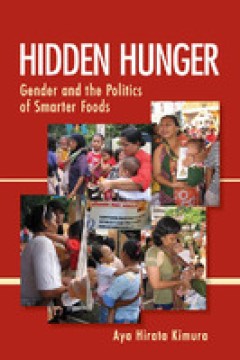
Hidden Hunger : Gender and the Politics of Smarter Foods
For decades, NGOs targeting world hunger focused on ensuring that adequate quantities of food were being sent to those in need. In the 1990s, the international food policy community turned its focus to the “hidden hunger” of micronutrient deficiencies, a problem that resulted in two scientific solutions: fortification, the addition of nutrients to processed foods, and biofortification, the …
- Edition
- 25
- ISBN/ISSN
- 9780801467691
- Collation
- xiii, 219 p . : ill
- Series Title
- -
- Call Number
- 362.19639009598 AYA h
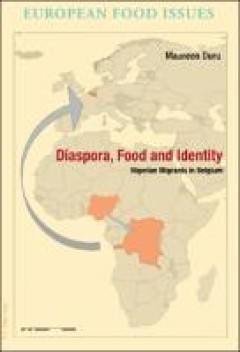
Diaspora, Food And Identity; Nigerian Migrants in Belgium
This book examines the connection between food and identity in the Nigerian diaspora community in Belgium. Encounters between people from different cultures do not lead to a simple adaptation of the diet, but usually give rise to some kind of fusion of new and indigenous food habits. The author questions the relationship between what Nigerian migrants in the diaspora eat, their self-perception …
- Edition
- -
- ISBN/ISSN
- 9782807602120
- Collation
- -
- Series Title
- -
- Call Number
- -
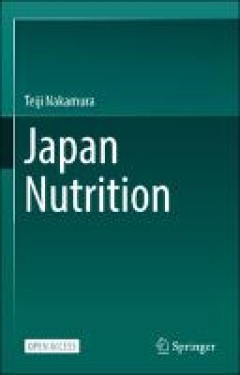
Japan nutrition
This Open Access auto-translation book demonstrates a time series of nutrition improvement in Japan since the introduction of nutrition sciences to Japan about 150 years ago. The chapters present the historical event where nutritional deficiency due to food shortage was improved in almost a century, by the introduction of nutrition policy and practices such as the "Nutrition Improvement Law". T…
- Edition
- -
- ISBN/ISSN
- 9789811663161
- Collation
- xi, 200 p. : ill.
- Series Title
- -
- Call Number
- 572 NAK j
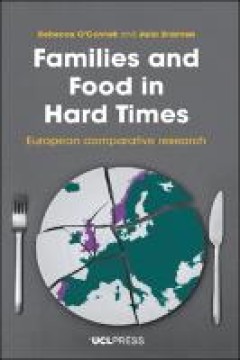
Families and food in hard times : European comparative research
Food is fundamental to health and social participation, yet food poverty has increased in the global North. Adopting a realist ontology and taking a comparative case approach, Families and Food in Hard Times addresses the global problem of economic retrenchment and how those most affected are those with the least resources. Based on research carried out with low-income families with children ag…
- Edition
- -
- ISBN/ISSN
- 9781787356559
- Collation
- xiii, 274 p. : ill
- Series Title
- -
- Call Number
- 362.5094 OCO f
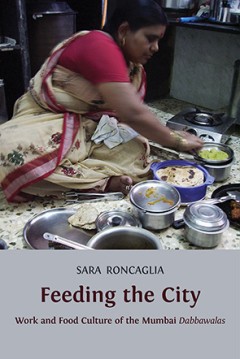
Feeding the city: work and food culture of the Mumbai Dabbawalas
Every day in Mumbai 5,000 dabbawalas (literally translated as "those who carry boxes") distribute a staggering 200,000 home-cooked lunchboxes to the city’s workers and students. Giving employment and status to thousands of largely illiterate villagers from Mumbai's hinterland, this co-operative has been in operation since the late nineteenth century. It provides one of the most efficient deli…
- Edition
- -
- ISBN/ISSN
- 9781909254022
- Collation
- xv, 214 p. : ill. : ind. ; 24 cm
- Series Title
- -
- Call Number
- 394.12 RON f
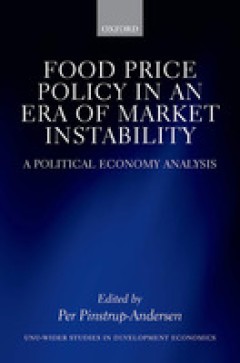
Food price policy in an era of market instability : a political economy analysis
Food price volatility is one of the major challenges facing the global agricultural system today. This was most vividly illustrated during the global food crisis of 2007–9 when price spikes occurred for key staple food commodities—such as wheat, rice, maize, and soybeans. Given the variety of reactions by governments of countries experiencing similar food price shocks, the 2007–9 crisis o…
- Edition
- -
- ISBN/ISSN
- 9780198718574
- Collation
- xxxiii, 508p. : ill.
- Series Title
- -
- Call Number
- 338.19090511 PIN f
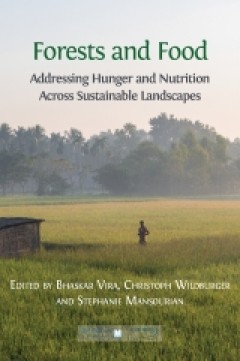
Forests and food : addressing hunger and nutrition across sustainable landscapes
As population estimates for 2050 reach over 9 billion, issues of food security and nutrition have been dominating academic and policy debates. A total of 805 million people are undernourished worldwide and malnutrition affects nearly every country on the planet. Despite impressive productivity increases, there is growing evidence that conventional agricultural strategies fall short of eliminati…
- Edition
- -
- ISBN/ISSN
- 9781783741953
- Collation
- viii, 280 p. : ill.
- Series Title
- -
- Call Number
- 338.19 WIL f
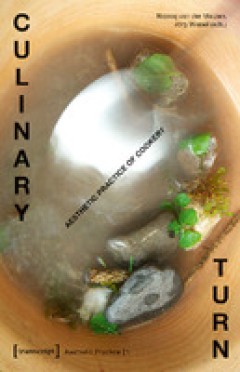
Culinary turn: aesthetic practice of cookery
Kitchen, cooking, nutrition, and eating have become omnipresent cultural topics. They stand at the center of design, gastronomy, nutrition science, and agriculture. Artists have appropriated cooking as an aesthetic practice – in turn, cooks are adapting the staging practices that go with an artistic self-image. This development is accompanied by a philosophy of cooking as a speculative cultur…
- Edition
- -
- ISBN/ISSN
- 9783839430316
- Collation
- 324 p. : ill. (chiefly color) ; 24 cm.
- Series Title
- Aesthetic practice ; volume 1
- Call Number
- 641.013 CUL c
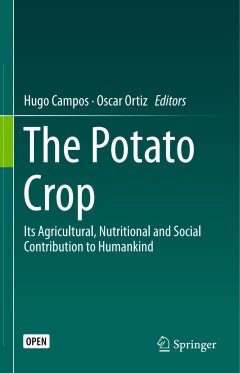
The potato crop : its agricultural, nutritional and social contribution to hu…
This book provides a fresh, updated and science-based perspective on the current status and prospects of the diverse array of topics related to the potato, and was written by distinguished scientists with hands-on global experience in research aspects related to potato. The potato is the third most important global food crop in terms of consumption. Being the only vegetatively propagated specie…
- Edition
- -
- ISBN/ISSN
- 9783030286835
- Collation
- xvii, 518p. : ill.
- Series Title
- -
- Call Number
- 635.21 POT p
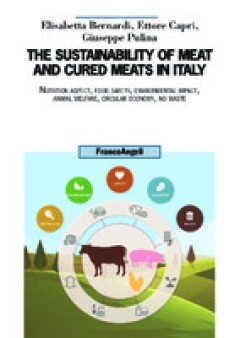
The sustainability of meat and cured meats in Italy: nutritional aspect, food…
From the mid-1980s, meat consumption in Italy and the western world have stabilised and, in the face of a well-established food security, we have witnessed a changed sensitivity for ethical issues, such as animal welfare and environmental impacts of farms. Analysing the sustainability of meat and cured meats means studying in the most objective way possible different topics concerning both the …
- Edition
- -
- ISBN/ISSN
- 9788891793324
- Collation
- 251p.: ill.
- Series Title
- -
- Call Number
- 636.0883 BER s
 Computer Science, Information & General Works
Computer Science, Information & General Works  Philosophy & Psychology
Philosophy & Psychology  Religion
Religion  Social Sciences
Social Sciences  Language
Language  Pure Science
Pure Science  Applied Sciences
Applied Sciences  Art & Recreation
Art & Recreation  Literature
Literature  History & Geography
History & Geography